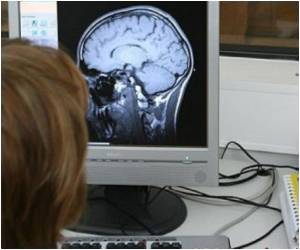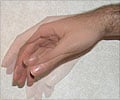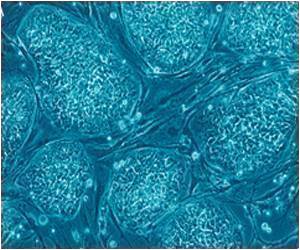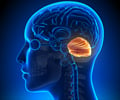Neurodegenerative conditions result from an impairment of motor function or cognitive function or both.

A new understanding of what takes place on the cellular level during the development of neurodegenerative diseases, such as Parkinson's, Alzheimer's, ALS and Huntington's diseases, offers promise towards possible new strategies for combating such diseases, say Hebrew University of Jerusalem researchers.
Although these neurodegenerative diseases have been functionally linked to toxic protein aggregation (deposits), there is much that is unknown about the mechanism through which aggregation causes toxicity and death at the cellular level. Inclusion bodies – structures comprised of pathogenic protein aggregates -- have long been seen as a hallmark of disease, but the relationship between inclusions and disease has remained somewhat mysterious.
In a study published in PNAS (Proceedings of the National Academy of Sciences in the US). Hebrew University researchers (working in the lab of Dr. Daniel Kaganovich in the Cell and Developmental Biology Department, together with collaborators) present evidence that suggests that these inclusion bodies, which have traditionally been thought to accompany disease onset, actually have a cell-biological function that is not necessarily related to the disease conditions.
Further, the researchers suggest that some of those inclusion bodies not only are not toxic, but actually are part of a natural protective process. The researchers have identified two inclusion bodies, which they call JUNQ and IPOD. Aggregation in the JUNQ can lead to toxicity, whereas aggregation in the IPOD is protective.
These findings, say the Hebrew University researchers, point up a new potential strategy for designing therapeutics for neurodegenerative disease. Instead of preventing proteins from aggregating, which can be very difficult, it may be possible to enhance the cellular ability to actively enclose harmful aggregates within protective inclusions, thereby neutralizing the toxic proteins that bring on further neurodegenerative damage and even death.
Advertisement









